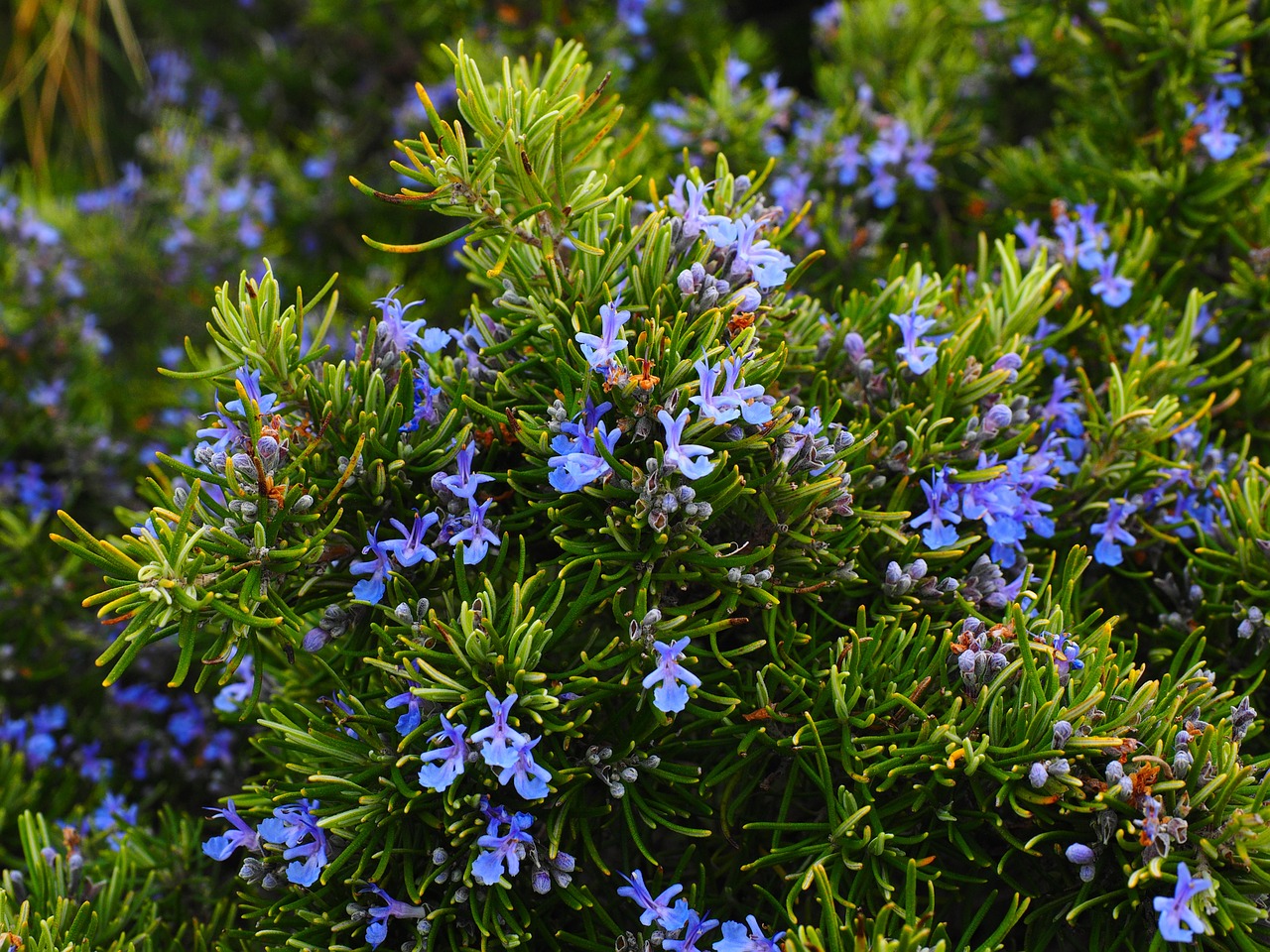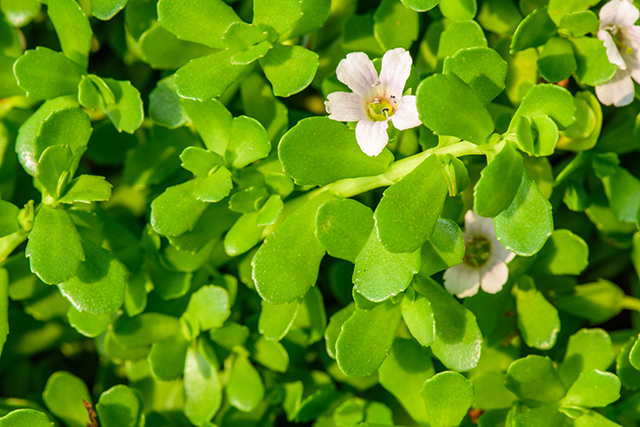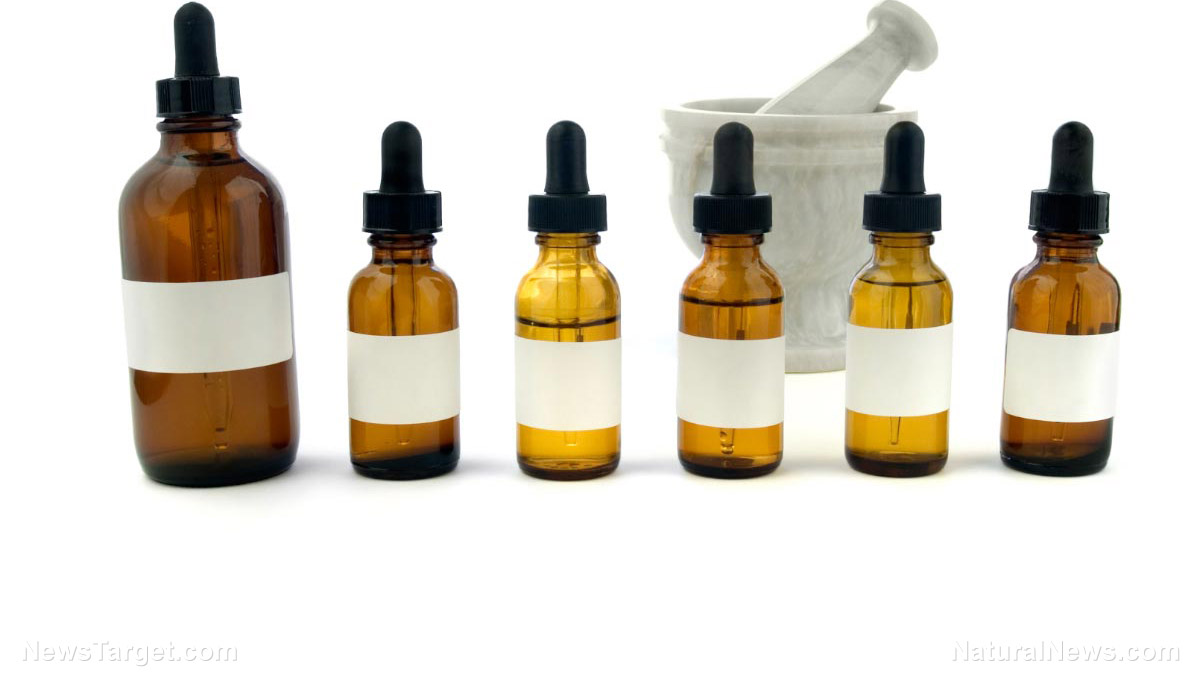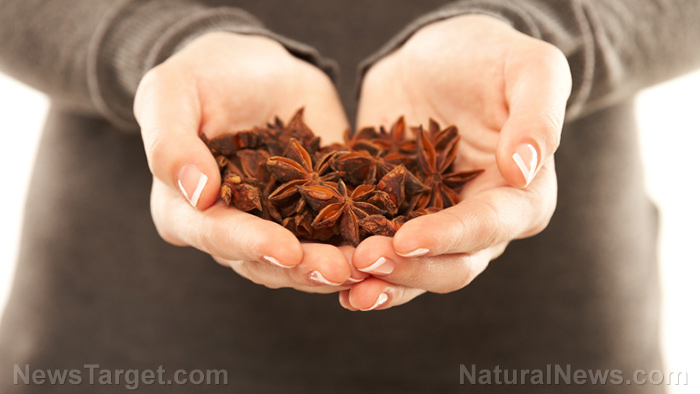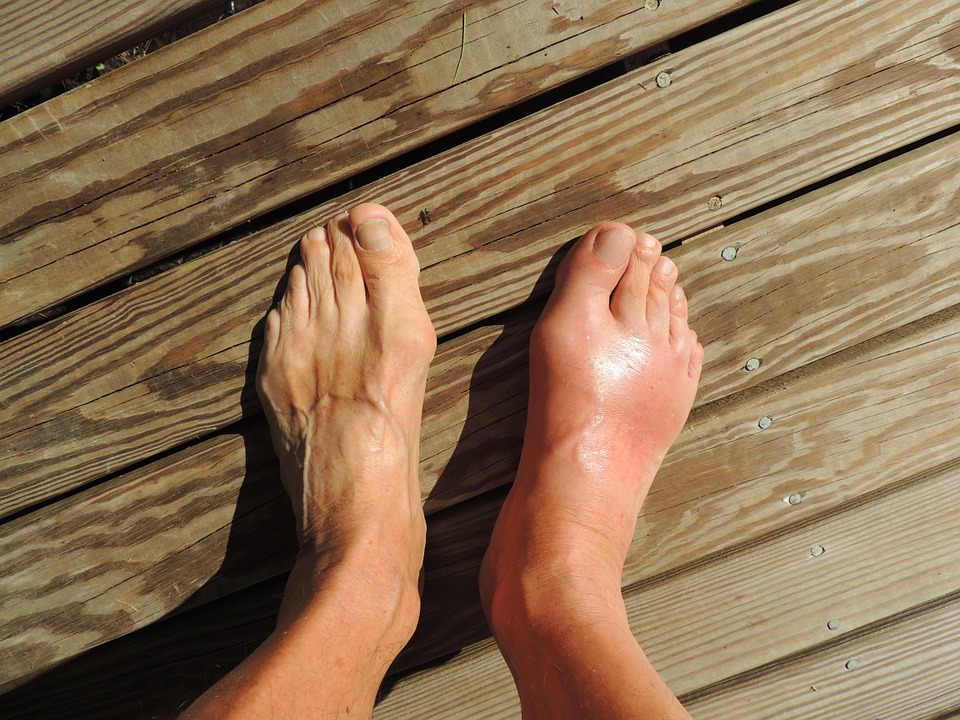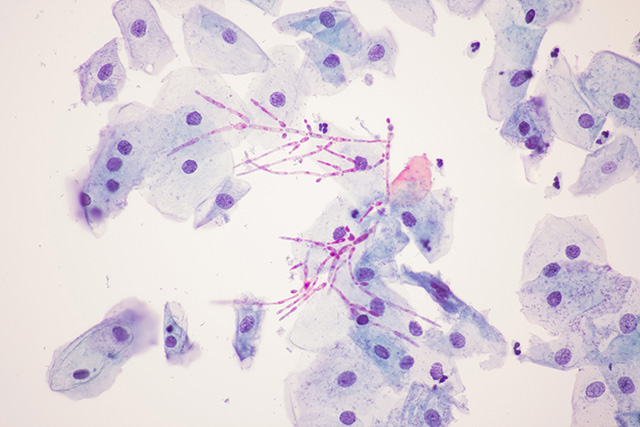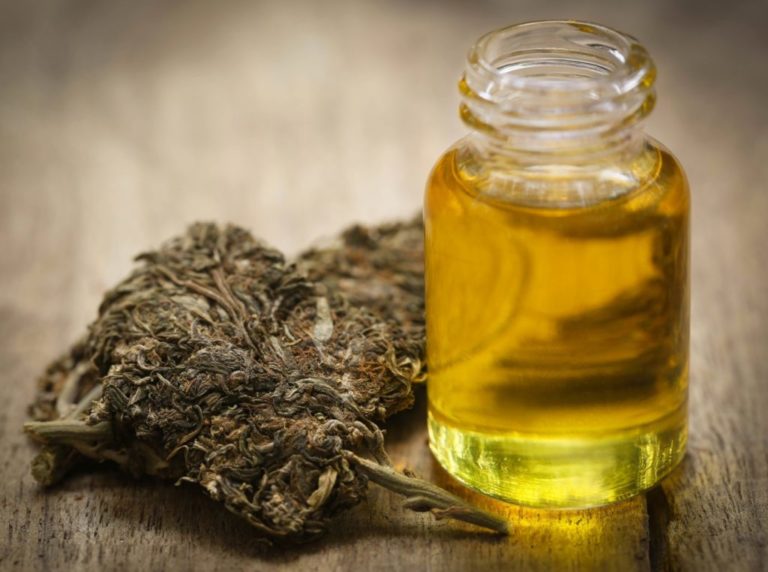It stands to reason that since a lot of drug treatments in Western medicine are rooted from plant-based sources, actual plants that are used as medicine should be considered in the same regard. Of course, that isn’t the case with most medicinal plants, as the same community that has approved its synthetic derivatives for use is the same one blocking herbal medicine from widespread use. Fortunately, there are times where science actually proves that traditional applications of medicinal plants can be verified after a thorough analysis.
Such is the case of cat’s whiskers (Orthosiphon stamineus), a herb used in traditional medicine to treat diabetes, as a study in BMC Complementary and Alternative Medicine has validated this claim using a novel tool to measure anti-diabetic activity. The plant is popular in Southeast Asia, where it’s used to treat a wide range of diseases such as diabetes, hypertension, and even rheumatism. In these areas, it’s consumed as part of a herbal infusion called Java tea, and it’s the second most popular alternative treatment for diabetes, following the bitter gourd.
For a plant that’s known as a potent treatment for diabetes, not a lot of studies have been done to verify this claim. At the time of the study, researchers claimed that their paper was the first of its kind to analyze the anti-diabetic property of cat’s whiskers using a metabolomic approach.
In the study, researchers used extracts derived from the leaves of cat’s whiskers, which were then dissolved in different solvents – namely, water (aqueous), ethanol, equal-part water and ethanol, and methanol. These were then administered to rats that were injected with streptozotocin to mimic the effects of diabetes. During the experiment, which ran for 14 days, rats were fed with their respective extracts. The researchers studied metabolic activity by testing the urine from the samples using the NRM metabolomics approach.
Get CLEAN FOOD and help support our mission to keep you informed: The Health Ranger Store lab verifies everything we sell with accredited testing for heavy metals, microbiology and food safety. Certified organic facility, ISO-accredited on-site laboratory, no GMOs or synthetic ingredients. The world's #1 source of lab-verified clean foods and superfoods for nutritional healing. 600+ products available. Explore now.
Researchers found that the aqueous extract of cat’s whiskers exhibited anti-diabetes action similar to glibenclamide, a drug which boosts insulin production to reduce glucose in the blood. The extract also contained multiple phytochemicals that have potent antioxidant activity, including rosmarinic acid, protocatechuic acid, caffeic acid, tetramethoxy chalcone derivatives, ferulic acid, syringic acid, kaempferol methyl ether, succinic acid, protocatechuic acid hexoside, and luteolin.
They also identified metabolic pathways that were targeted by the aqueous extract. Of these pathways, cat’s whiskers impacted the pathways that regulate ketone synthesis and degradation – which could be useful in diets such as the ketogenic diet.
“These pathways represent their potential as the targeted pathways of OSAE treatment in diabetic condition,” they added.
All in all, the team found that the herb cat’s whiskers could be a promising agent in diabetes treatment, given its ability to regulate glucose formation, lipid and amino acid build-up, and its effect on various metabolic pathways. “The results of this study validated the ethnopharmacological use of [cat’s whiskers] in diabetes and unveiled the biochemical and metabolic mechanisms involved,” the researchers concluded in their report.
Indeed, many types of medicinal plants are proven to be effective in treating various diseases. With studies like these, it’s not far off to think that more people will consider how potent these cures, despite the industry’s best efforts to put a lid on it. (Related: Turmeric and omega 3s can cure diabetes – but you’ll never hear that from your doctor.)
Sources include:
Science.news
BMCComplementAlternMed.BioMedCentral.com
Examine.com
Patient.info



